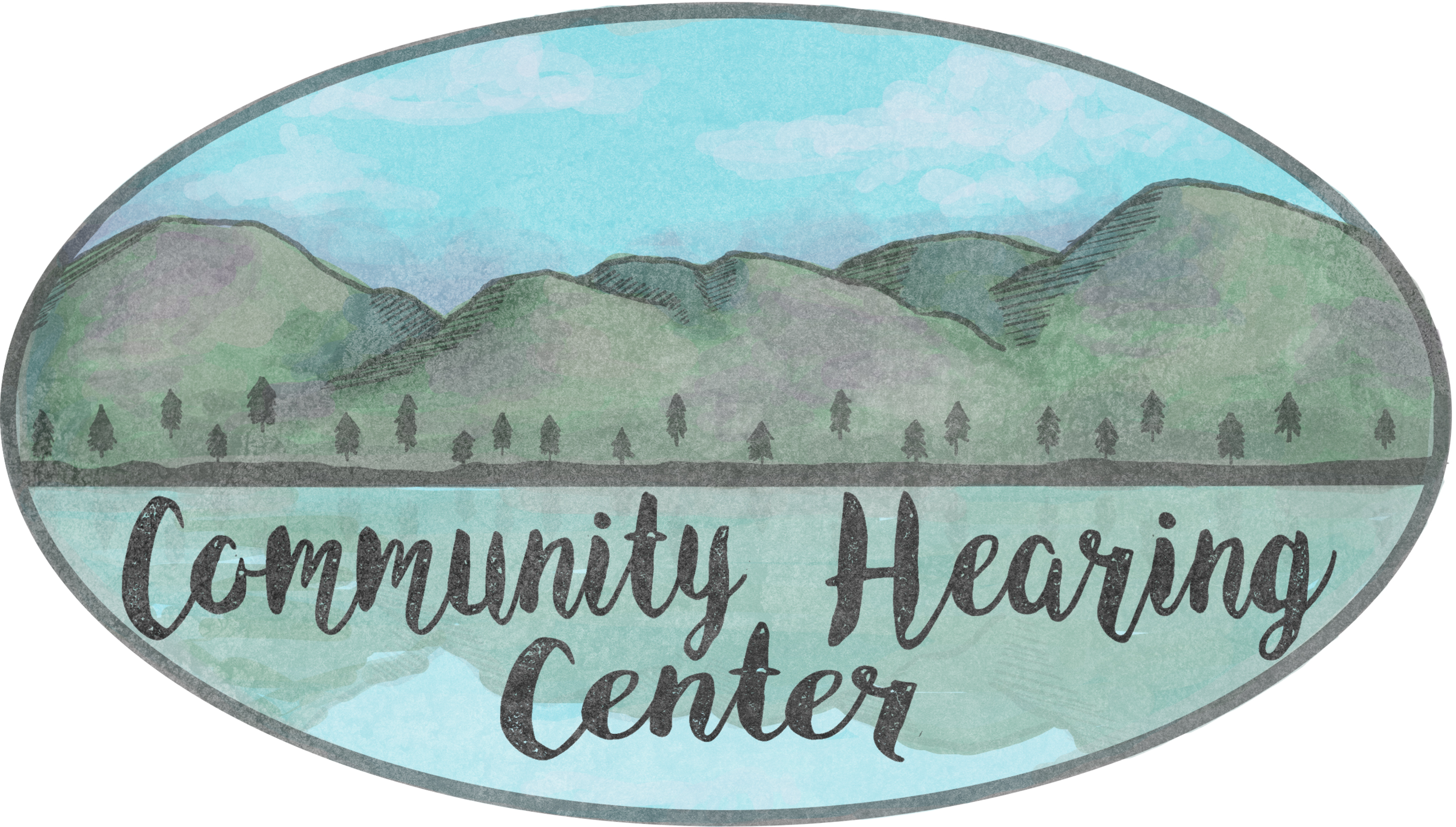Communication is a Team Effort
In a recent seminar in our office I was speaking with a family member of a person with hearing loss. While we were talking she raised an amazing point, “hearing loss isn’t just about the patient, it is about everyone around them.” This is an excellent observation of the far-reaching effects of hearing loss on those who suffer from it and those around them. Her situation is not unique and brings up an excellent point of the difficulties around untreated hearing loss.
This concerned family member went on to describe times where she would avoid speaking to her loved one because she knew he would not be able to hear her. She knew he would say, “what?” several times and eventually give up on the conversation. She would rather not talk with him at times and take care of a problem on her own. Let that sink in for a minute, she would rather not talk with her loved one and make important decisions on her own because communication was too frustrating and difficult. She is changing the way she lives in big ways to avoid having to deal with a hearing loss that is both frustrating and persistent, yet very treatable.
Now, is this the fault of the one with hearing loss or the frustrated family member? Certainly, not. Communication is a two-way street and all involved work to make the best of a situation. Hearing loss actually provides an opportunity to improve the ways we communicate through learning better strategies and the use of technology solutions to enhance conversation. Better communication starts with a toolbox of strategies and technology. The first step is acknowledging the problem for both the one with hearing loss and those around them.
Untreated hearing loss can lead to social isolation and frustration. Studies have shown it can also accelerate mental decline and can lead to depression and anxiety. Furthermore, frustrated loved ones and friends look for ways to avoid the “huh” and “what” answers that happen all too frequently. Better communication starts with a plan. Make a plan for the breakdown in conversation and execute it consistently. For example, when going to your favorite restaurant, ask to be seated in a booth on the outside of the room and if there is not a booth available ask to be seated away from the crowd if possible. When listening and you miss something, repeat back what your heard instead of saying “what?” or “huh”. For example, “So, we are going out to eat and which restaurant is it again?” The other person will know you were trying to listening and only missed some of what was said. Also, you as the listener are now more active in the conversation and both sides do much better. If you are the speaker, instead of repeating yourself when the other does not hear you, rephrase it instead. This allows for the other person to be able to understand as they most likely heard and understood some of what you originally said and rephrasing helps them to fill in the gaps. Make a plan and execute it every time.
A communication strategy that includes a plan for breakdowns and the use of the latest technology is how we approach hearing loss treatment at Community Hearing Center. We look for ways to use the many tools available for hearing loss and not simply sell a device for a solution. Developing that communication plan starts with an assessment for hearing loss and the communication needs you have. We are ready to help you get started on a path of renewed connections and better communication. If you or someone you care about it is having difficulty hearing, contact us for a hearing and communication evaluation today!
